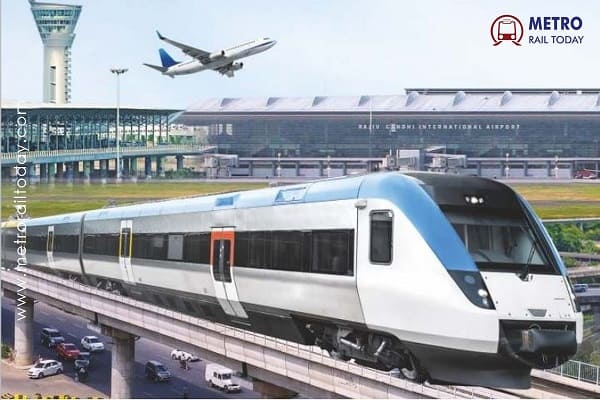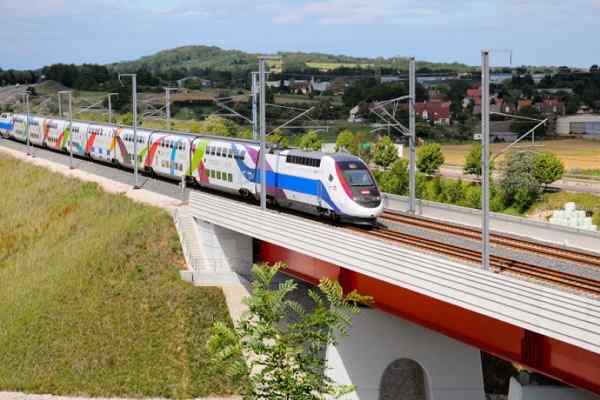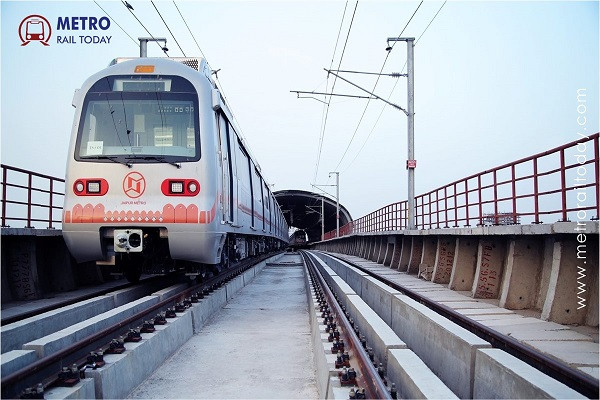 13 Firms compete for ₹1,145 Crore First Civil Contract Package of Jaipur Metro Phase 2
13 Firms compete for ₹1,145 Crore First Civil Contract Package of Jaipur Metro Phase 2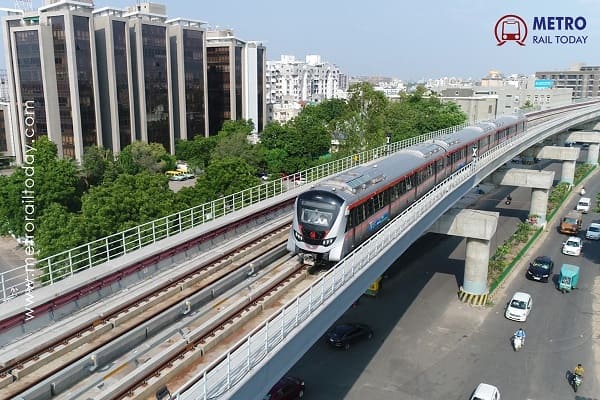 PM Modi inaugurates Phase 2 of Ahmedabad Metro, Extends seamless connectivity to Gandhinagar
PM Modi inaugurates Phase 2 of Ahmedabad Metro, Extends seamless connectivity to Gandhinagar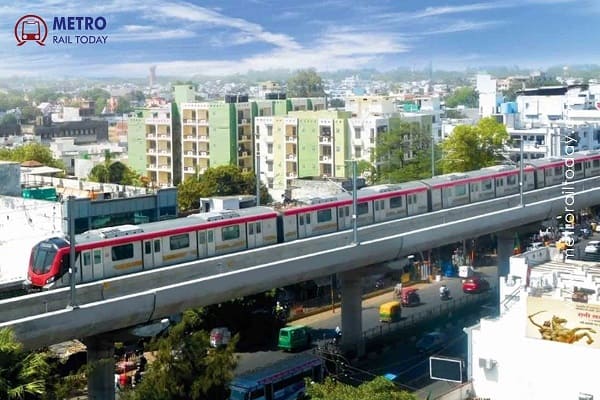 First global tender floated for construction of Lucknow Metro Phase 1B Corridor
First global tender floated for construction of Lucknow Metro Phase 1B Corridor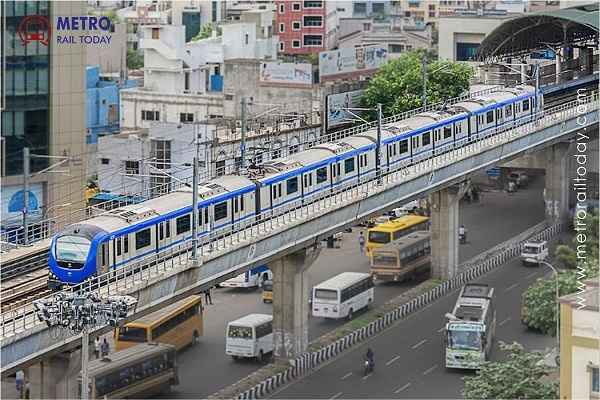 CMRL conducts second trial run on Chennai Metro Phase 2 Corridor 4
CMRL conducts second trial run on Chennai Metro Phase 2 Corridor 4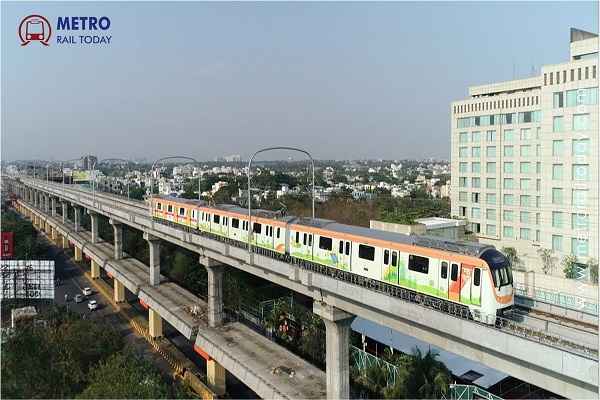 Colossus Infra Bags ₹21.2 Crore Operations Contract for Nagpur Metro Phase I
Colossus Infra Bags ₹21.2 Crore Operations Contract for Nagpur Metro Phase I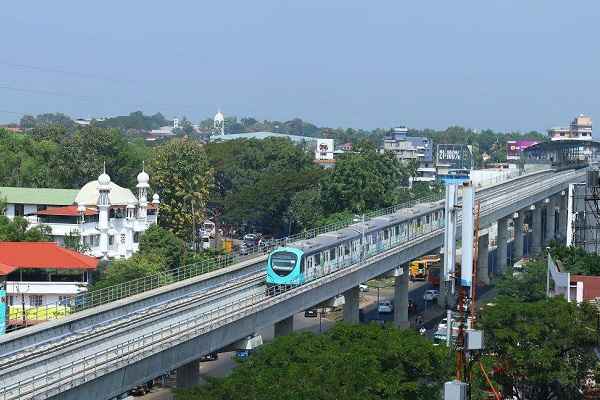 Thiruvananthapuram Metro DPR faces fresh delay amid Population Norm uncertainty
Thiruvananthapuram Metro DPR faces fresh delay amid Population Norm uncertainty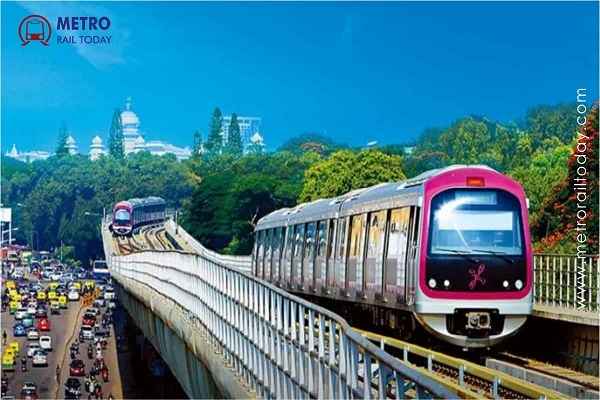 Bangalore Metro gears up for major expansion, Studies over 200 km of New Corridors
Bangalore Metro gears up for major expansion, Studies over 200 km of New Corridors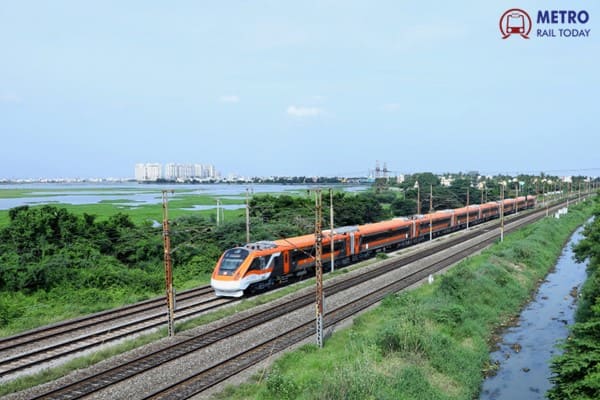 BHEL commences supply of Underslung Traction Converters for Vande Bharat Sleeper Train Project
BHEL commences supply of Underslung Traction Converters for Vande Bharat Sleeper Train Project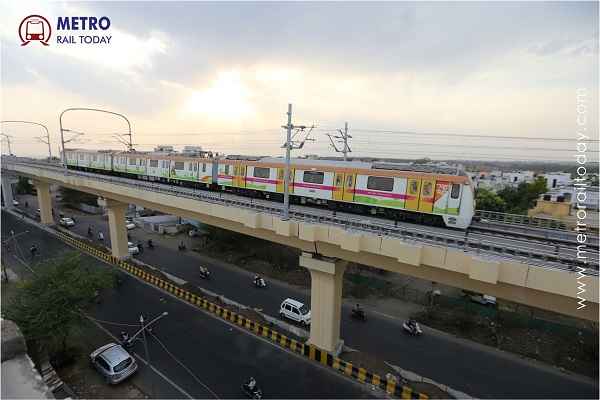 Maha Metro sets up advanced Signalling Laboratory and Assembly Centre at Hingna Depot
Maha Metro sets up advanced Signalling Laboratory and Assembly Centre at Hingna Depot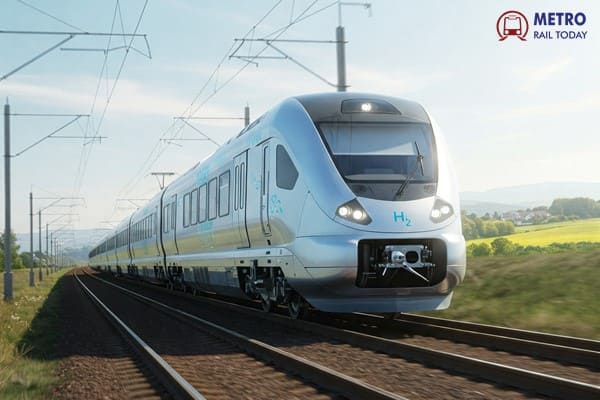 India to Roll Out First Hydrogen-Powered Train Trials on January 26
India to Roll Out First Hydrogen-Powered Train Trials on January 26
How will Regional Rapid Transit System (RRTS) transform rail transport sector?

The Regional Rapid Transit System (RRTS) is a type of high-speed rail network that aims to provide fast, reliable, and efficient transportation between major cities and urban centers within a specific region. RRTS projects are typically undertaken in densely populated areas to address the increasing demand for intercity and suburban travel.
The primary objective of RRTS is to offer a sustainable and convenient alternative to road-based transportation, reducing congestion, travel time, and environmental impact. These systems are designed to accommodate large passenger volumes and operate at high speeds, making them suitable for both long-distance and shorter-distance travel.
Key features of the Regional Rapid Transit System may include:
1. High-speed trains: RRTS trains are designed for high-speed travel, typically operating at speeds between 160 to 200 kilometers per hour (100 to 125 miles per hour) or higher, depending on the project.
2. Dedicated tracks: RRTS networks often have dedicated tracks, separate from existing railway lines and roadways. These tracks are designed to minimize interference and maximize the efficiency and reliability of the system.
3. Interoperability: RRTS systems aim to integrate seamlessly with other modes of transportation, such as local metro or light rail networks, buses, and other forms of public transport. This allows for easy transfers and enhanced connectivity.
4. Stations and infrastructure: RRTS stations are strategically located in major cities and urban centers, offering convenient access to passengers. These stations are equipped with modern facilities, including platforms, ticketing systems, parking areas, and amenities for passengers.
5. Advanced technology: RRTS networks often incorporate advanced technology for efficient operations and passenger comfort. This can include features such as automatic train control systems, high-speed communication networks, real-time passenger information systems, and modern train designs.
RRTS projects are typically implemented by government authorities or transportation agencies in collaboration with private entities. These systems require significant investments in infrastructure development, including the construction of tracks, stations, and maintenance facilities. However, they offer numerous benefits, including improved connectivity, reduced travel times, lower carbon emissions, and enhanced regional development.
The Delhi-Ghaziabad-Meerut Regional Rapid Transit System (RRTS) is a high-speed rail corridor connecting the cities of Delhi and Meerut in India. It is one of the flagship RRTS projects being implemented in the National Capital Region (NCR) to address the growing transportation needs of the region and reduce congestion on roads.
Here are some key details about the Delhi-Meerut RRTS:-
1. Distance and alignment: The Delhi-Meerut RRTS corridor spans approximately 82 kilometers (51 miles) and follows a semi-high-speed alignment. It starts from Sarai Kale Khan in Delhi and passes through Ghaziabad before reaching Meerut.
2. Travel time: The RRTS aims to significantly reduce travel time between Delhi and Meerut. The estimated travel time on the RRTS corridor is expected to be around 55 minutes, compared to the current travel time of 2-3 hours by road.
3. Stations: The Delhi-Meerut RRTS corridor will have several stations along its route to provide convenient access to passengers. Some of the major stations include Sarai Kale Khan, Anand Vihar, Ghaziabad, Modi Nagar, Murad Nagar, and Meerut South, among others. These stations will be equipped with modern amenities and facilities for passengers.
4. Integration with other modes of transport: The RRTS corridor will integrate with existing and upcoming metro lines, bus terminals, and other modes of public transport to provide seamless connectivity. This integration will facilitate easy transfers for commuters and enhance the overall transportation network in the region.
5. Interoperability: The Delhi-Meerut RRTS system will be interoperable with other RRTS corridors planned in the NCR, such as the Delhi-Gurugram-Rewari-Alwar corridor and the Delhi-Sonipat-Panipat corridor. This will allow passengers to travel seamlessly across different RRTS corridors in the future.
6. Environmental benefits: The RRTS is expected to have a positive impact on the environment by reducing vehicular emissions and congestion on roads. The use of high-speed electric trains will contribute to a cleaner and greener transportation system.
The Delhi-Ghaziabad-Meerut RRTS project is being implemented by the National Capital Region Transport Corporation (NCRTC) in collaboration with various stakeholders. The project involves the construction of dedicated tracks, stations, depots, and other necessary infrastructure. Once completed, the RRTS will provide a fast, efficient, and sustainable transportation option for commuters traveling between Delhi and Meerut.
The 17-km priority corridor with 5 stations between Sahibadad and Duhai may be launched to the public in June 2023. NCRTC is awaiting PMO's confirmation for flag off ceremony.





